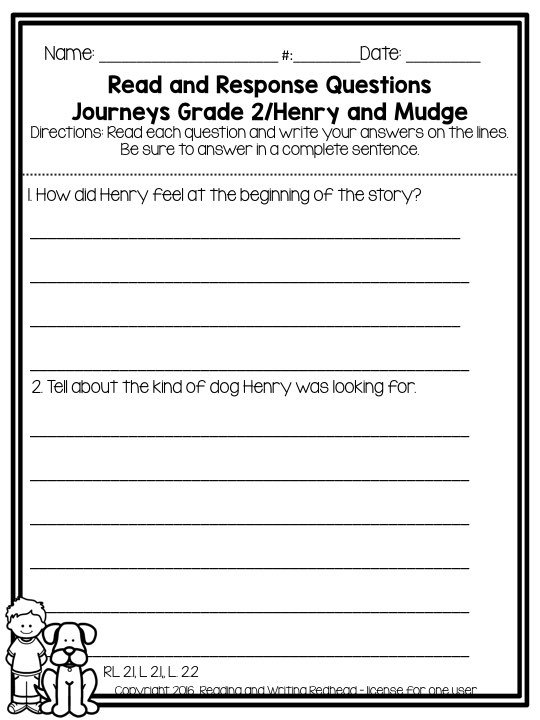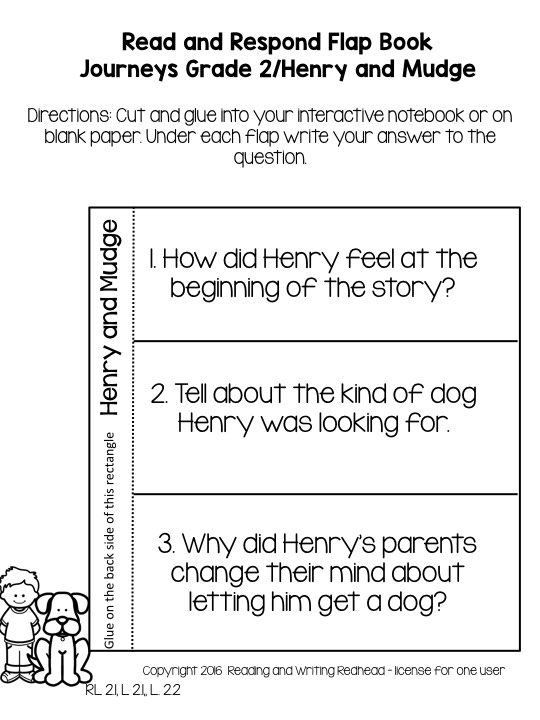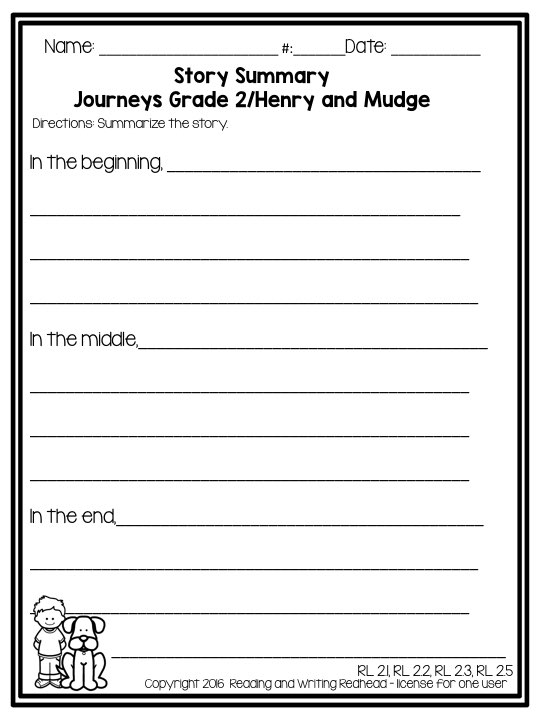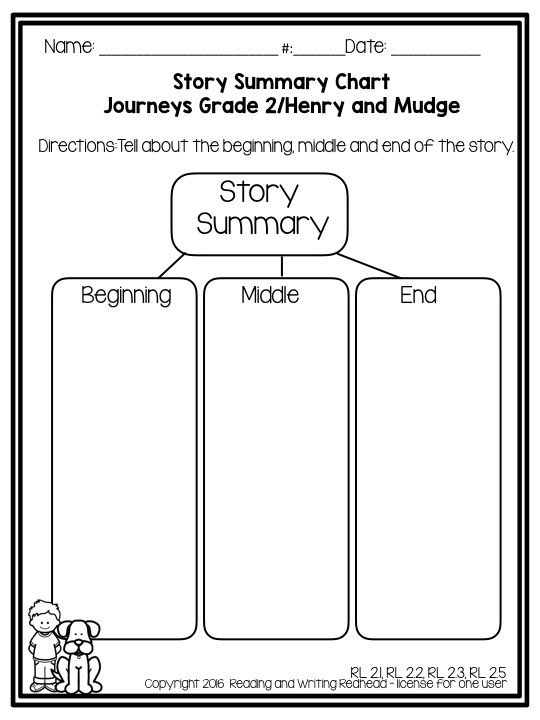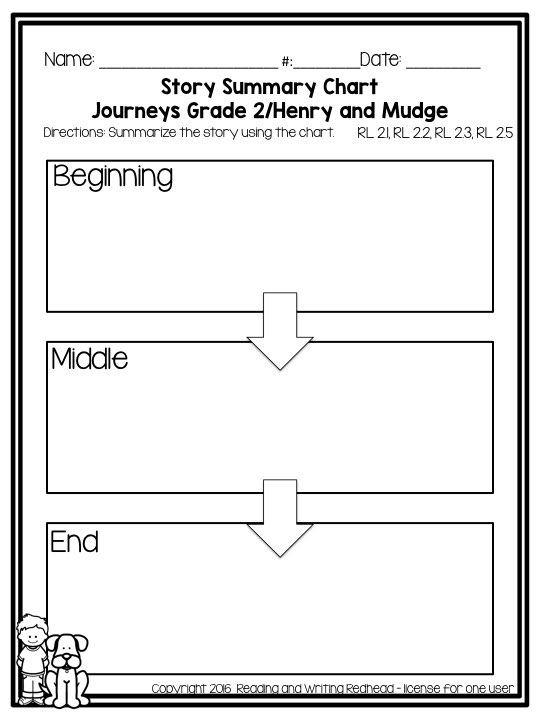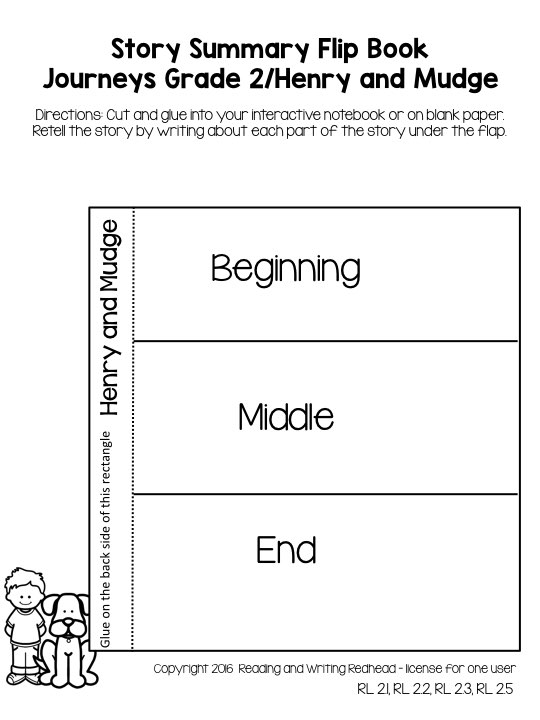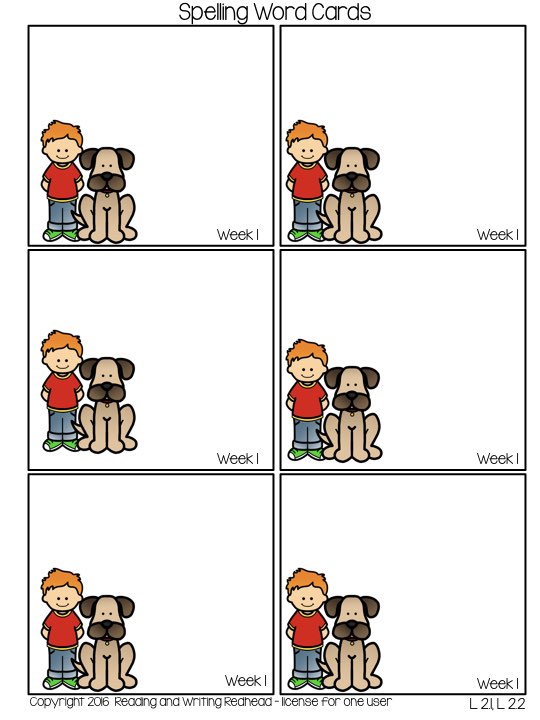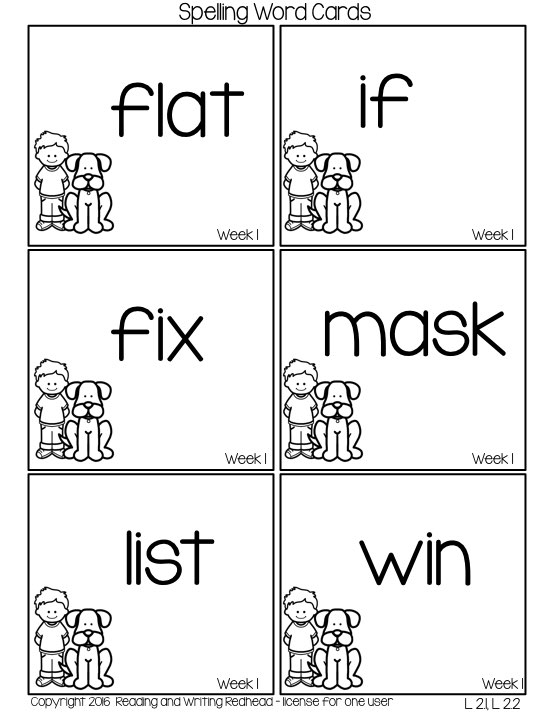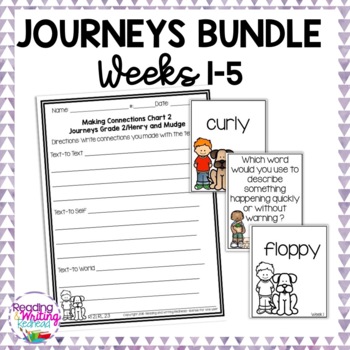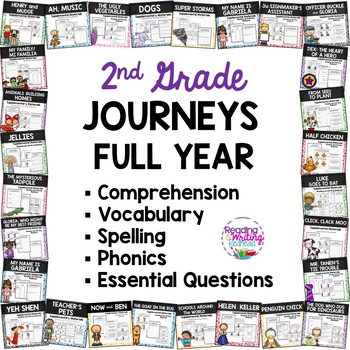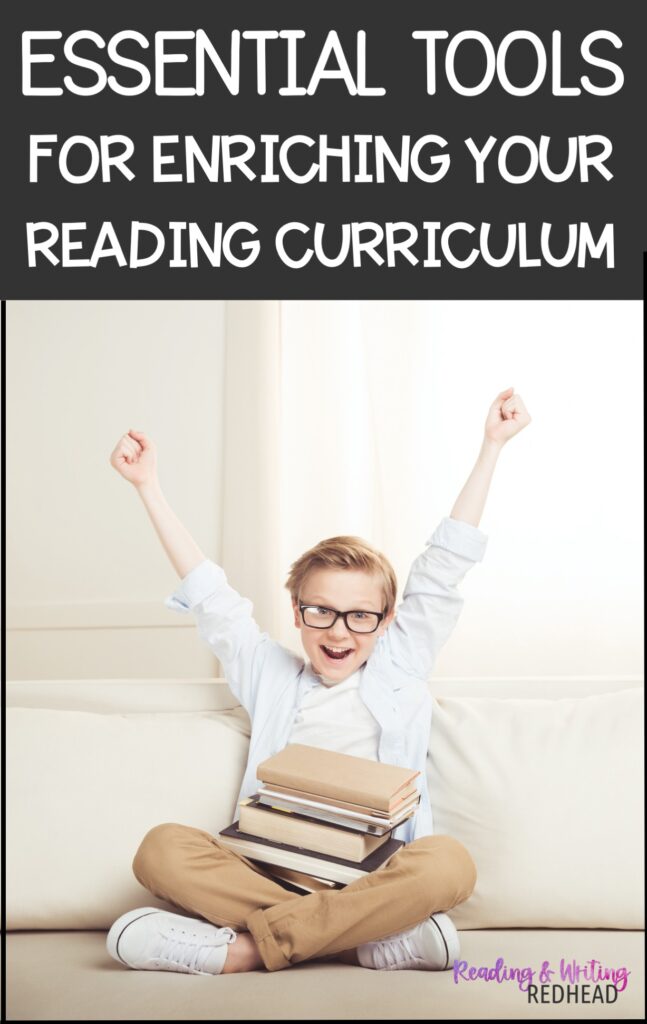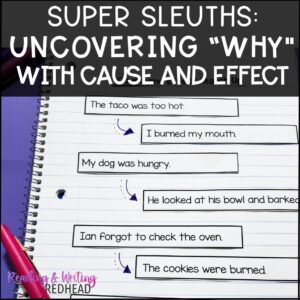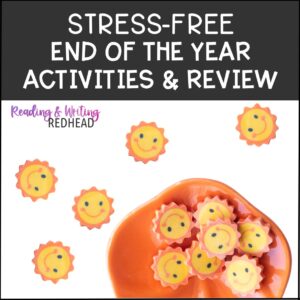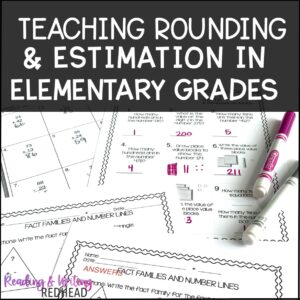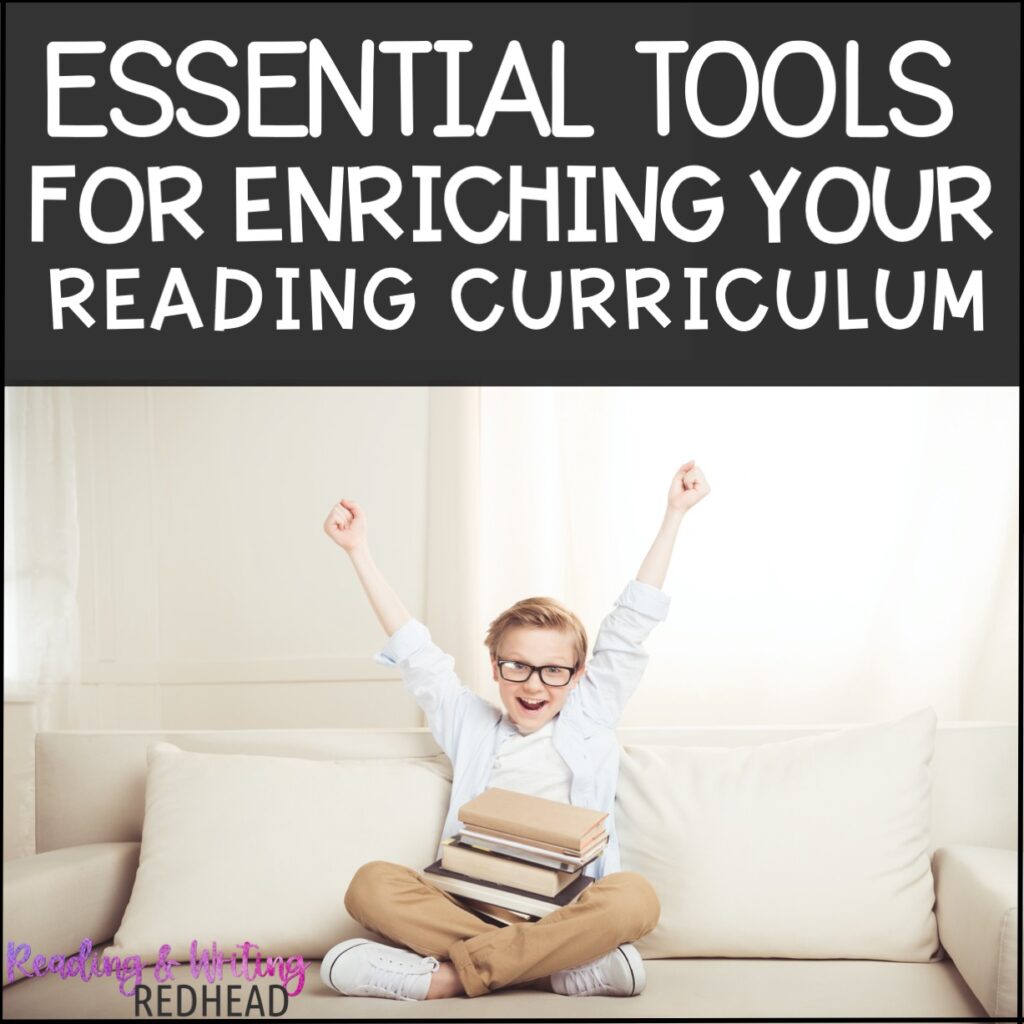
Essential Tools for Enriching your Reading Curriculum
Hey teachers! We know many of us have to use a reading anthology program like Journeys or Reading Street as a base for their ELA instruction, or at least our reading and grammar instruction.
Many come with differentiation options but the options seem to never match all our students’ needs! Some of the activities, such as workbook pages, can be too hard for many students. And the activities might offer enough practice for students!
Let’s talk about some suggestions on how to supplement your reading curriculum so it supports all your students.
How to Differentiate
The Content
Differentiate what students learn by focusing on their interests. For example, when reading the non-fiction text “Animals Building Homes” from Journeys, you might have students to choose an animal to write about for a response.
The Process
Differentiate the activities that help students learn skills and concepts. In small reading groups, ELL students might build background knowledge by exploring objects or photos related to the text, while another group might not need this step.
The Products
Differentiating products is often the easiest starting point. For example, while most students practice 10 spelling words with rainbow writing, a struggling student might focus on 5 words. In writing, a student seeking enrichment could be encouraged to add more details and structuring their work with a topic and closing sentences earlier in the year.
Keep reading for more tips!
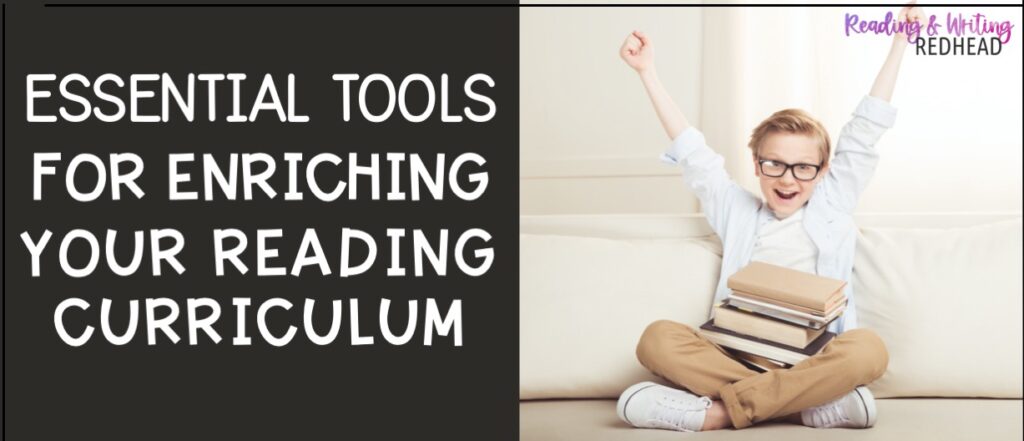
A Tip for Your Sanity
Don’t try to differentiate everything with your reading curriculum at once. Start with one subject or topic and gradually expand. A fellow teacher advised me to begin with one differentiated lesson per week, then increase as I became more comfortable.
Ready to Use Differentiated Resources!
To meet my students’ needs when our reading curriculum did not, I created comprehensive resources (around 100 pages each) covering grammar, comprehension, spelling, and vocabulary for each text in the 2nd grade Journeys reading curriculum. These resources helped me better meet my students’ needs and are available on Teachers Pay Teachers.
Here are some images and a sneak peek video of the differentiated resources for the Henry and Mudge text (week 1) from the Journeys program. These include differentiated spelling words, comprehension responses, and more.
For other comprehension activities, I added in some differentiation with similar activities in different formats, such as these story summary pages. Also, some have lines, and some do not, so you could choose which is best. A flip book for interactive notebooks is also included, as as well as alternative wording for story summaries such as first, next and last.
With spelling, there are color and black and white cards (for your printing needs), with the basic Journeys spelling list. It also includes blank cards so you can add other differentiated word lists.
There are also grammar practice pages, no prep and some are presented at different levels of difficulties too! Here on the left students simply identify the subject and predicate but on the right students write their own sentences and identify the sentence parts.
Will this solve a lot of your challenges? Yes – time, hard work and more! It made my life much easier once I started using them with my second graders. And the other 29 resources are very similar as far as the quantity and types of resources. BUT they also are bundled! If you look at the unit bundles like this one:
And the full year bundle is at a huge discount! It is 50% when compared to purchasing each item separately.
So, keep in mind that when you differentiate academics, don’t try and do it all at once! And think about how you can differentiate with content, process, and the product.
If you’d like to Pin this post to read later, click the image below:
You might also be interested in these blog posts:
- Reading Intervention: 10 Phonics Tips
- What is Phonemic Awareness
- 8 Ways to Use Pop Its to Engage Learners
- Reading Intervention: Sounding out Words
- Reading Intervention all in One Place
Let me know if you have had to enrich your reading program, too!


